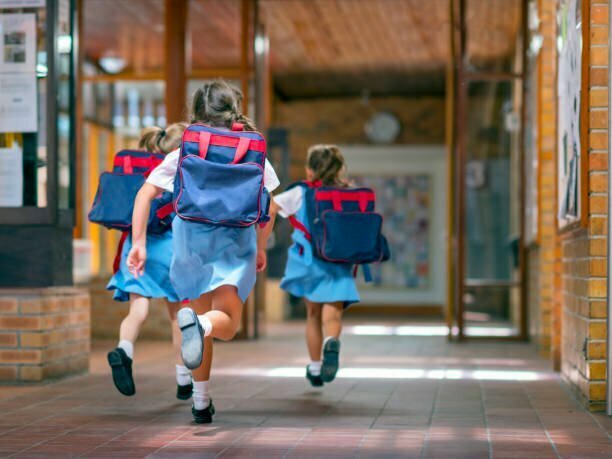It’s not only the beginning of a new year for the students. It’s also a new beginning for teachers. A time to learn new skills and an opportunity to make teachers’ jobs easier.
To achieve this, teachers need to more thoroughly understand their students, including how to recognise the student’s individual learning styles and how to inspire them to learn.
For decades, we’ve been saying that “If a child can’t learn from the way we teach, then we need to teach the way they learn”.
The beginning of 2021 is a perfect time to put this dictum into action.
We know that the productivity of workers improves by up to 36 percent when they are happy. The same goes for students who are engaged and interested in their studies.
The trick is to find what triggers or motivates the interest in the students, and the answer will be different for each child.
Systems like Problem Based Learning (PBL) and Discovery Learning have proven that when student’s interest and personal motivation are peaked, their academic achievement improves by as much as by 20 percent.
One way you can do this is by utilising different teaching and learning styles. PBL brings students together to work on problems. Here the students develop teamwork and cooperation while learning lifelong strategies of problem solving.
This type of learning leads to greater student involvement, self-motivation, and a better understanding of the different personalities in the group. It fosters leadership, mentoring and support between the students. PBL also leads to a reduction in bullying and relationship conflicts and creates a happier school experience for students. For the teacher, observing the students engaged in such projects gives them better insights into the personalities of each child and provides information to help guide the students to the right subjects and future careers.
On its own, PBL doesn’t provide knowledge on which students will or won’t work together prior to selecting teams. Skills such as Rapid Trait Profiling can be of great assistance at this point. Together, these train teachers how to read each student more effectively. How to recognise students’ personality, what they feel, how they prefer to learn, how they take in information and how they prefer to process information; and all of these on their first day at school.
Some of the things a teacher should look for in each student includes:
- Level of innate self confidence
- Objective or sequential thinking styles
- Self-reliant or prefer to work in teams
- Analytical or quick to make decisions based on just the overview.
Combining the ability to recognise each child’s individual personality traits with the more interesting and intriguing learning formats will make for a far more interesting and productive 2021.
At the same time, when the students have the same skills, they can also assist the teacher to understand them more effectively. And that’s another story in itself!
About Alan Stevens
Alan Stevens is an International Profiling and Communications Specialist who has worked with international clients, the likes of Disney Films and Gillette, and high-profile organisations like the Australian Federal Police to help them to understand how people tick. Alan works with business owners and executives, helping them to understand and engage their clients and prospects, enhancing their presentations and negotiation skills and increasing sales. And with parents and teachers to help them enhance the ability of their children to reach their full potential while improving the experience of the parents, teachers, and students.
His latest community initiative is The Campfire Project. The Campfire is a safe place for men and women to give themselves permission to tell their stories. To share their experiences and wisdom from around the world. This is his #WeTogether initiative.
More Information https://www.alanstevens.com.au/success-stories/




